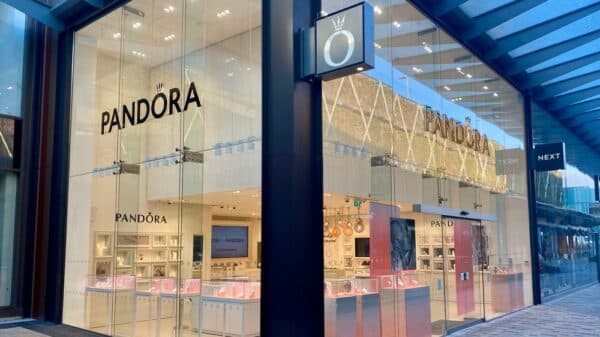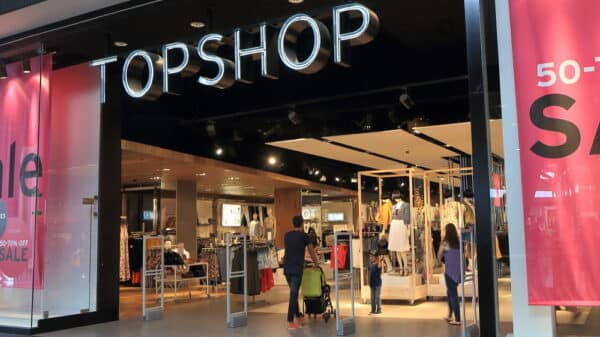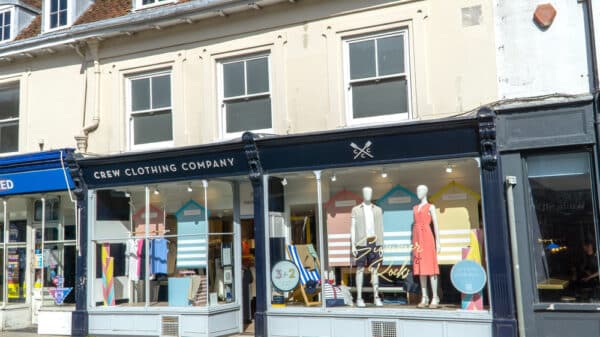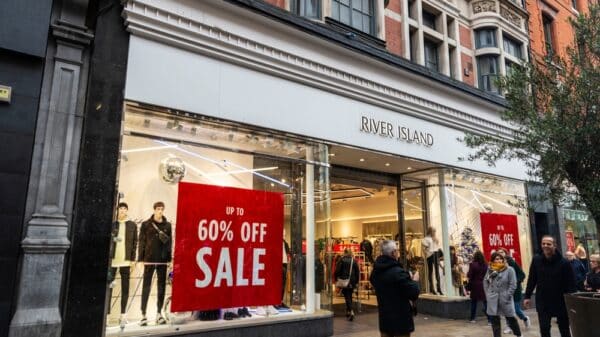Inditex, the parent company of Zara, recently unveiled its first-quarter financial results, revealing a 1.5% uptick in sales, bringing in €8.27 billion (£7.3 billion). However, this figure fell short of analysts’ forecasts of €8.36 billion, indicating the fast-fashion titan is navigating through a more cautious consumer climate.
This slight increase in revenue represents a marked slowdown from the previous year’s robust 7% growth in the same quarter. It seems that the company is grappling with shifting market dynamics, as the cooler weather in key regions—especially Spain, which contributes about 15% of its sales—has dampened consumer enthusiasm. Additionally, broader economic uncertainties are affecting how much consumers feel comfortable spending on new clothing.
However, amidst these challenges, Inditex demonstrated resilience, maintaining a steady gross margin of 60.6% and achieving a net profit of €1.31 billion (£1.16 billion), which saw a minimal year-on-year increase. This indicates that while consumers may be tightening their wallets, Inditex is still managing to turn a profit, albeit at a slower pace.
CEO Oscar García Maceiras expressed optimism about the company’s direction, noting a 6% growth in revenue during the early weeks of the second quarter, even as last year’s growth in the same timeframe reached 12%. This suggests that, as summer collections start to resonate with shoppers, there could be signs of a steady recovery.
One strategy that seems to be aiding Inditex in this challenging retail landscape is its focus on inventory management and store refurbishments. This year, the company has committed €1.8 billion to upgrade store spaces and enhance technology, ensuring a more attractive shopping experience and optimized retail environments.
In line with its strategy to streamline operations and maximize retail space, Inditex has also reduced its store count to 5,562 as of April 30, down from 5,698 the previous year. This thoughtful adjustment in its portfolio reflects a proactive approach to evolving consumer habits.
Finally, despite slower sales growth compared to the past, Inditex’s financial foundation remains solid. With nearly €6 billion (£5.3 billion) in cash and cash equivalents and no reported financial debt, the company is well-positioned to weather the storm and adapt to ongoing changes in the retail sector.
Inditex may be facing challenges, but its commitment to innovation and adaptability suggests that the brand intends to emerge from this period stronger than before. Whether you’re a fan of Zara or its other labels, it’s clear the company is attentive to both market trends and the shifting needs of consumers, aiming to deliver products that resonate even in uncertain times.
Image Source: Inditex.com































